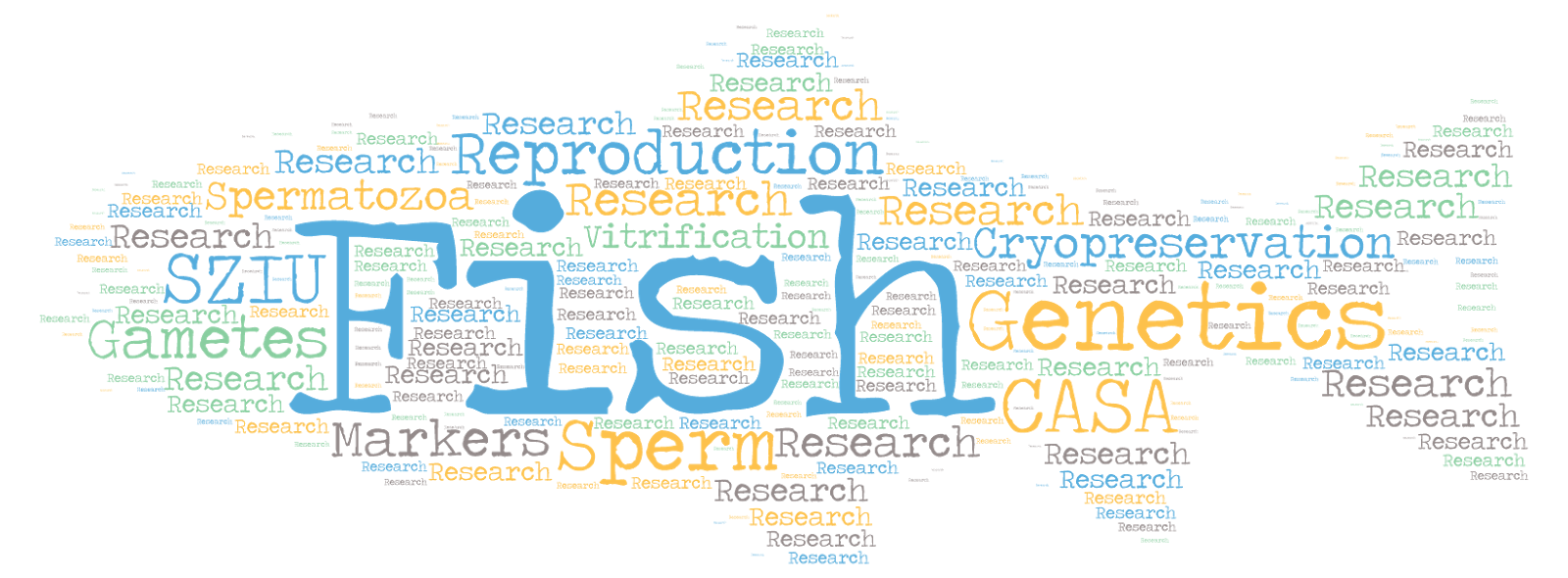Between September 27-30th, Ákos with several other colleagues of the Institute of Aquaculture and Environmental Safety of MATE has participated at the Aquaculture Europe 2022 meeting organized by the European Aquaculture Society. Aquaculture Europe is the largest annual gathering of scientists and professionals working in the field of fisheries and aquaculture in Europe. This year's meeting was organized in the beautiful city of Rimini, a popular resort on the Adriatic coast of Italy. For our team its special significance is that in 2023 we will take activ
e part in the organization of this meeting in Vienna, Austria and this year's conference gave us a better insight into the operational aspects of hosting an event of this size.
Ákos had the privilege of co-chairing the section "Broodstock and Hatchery Management" with Nicolas Mace. He also gave a presentation entitled "Cryopreservation and transplantation of germline stem cells in salmonids: What have we learned?"
















